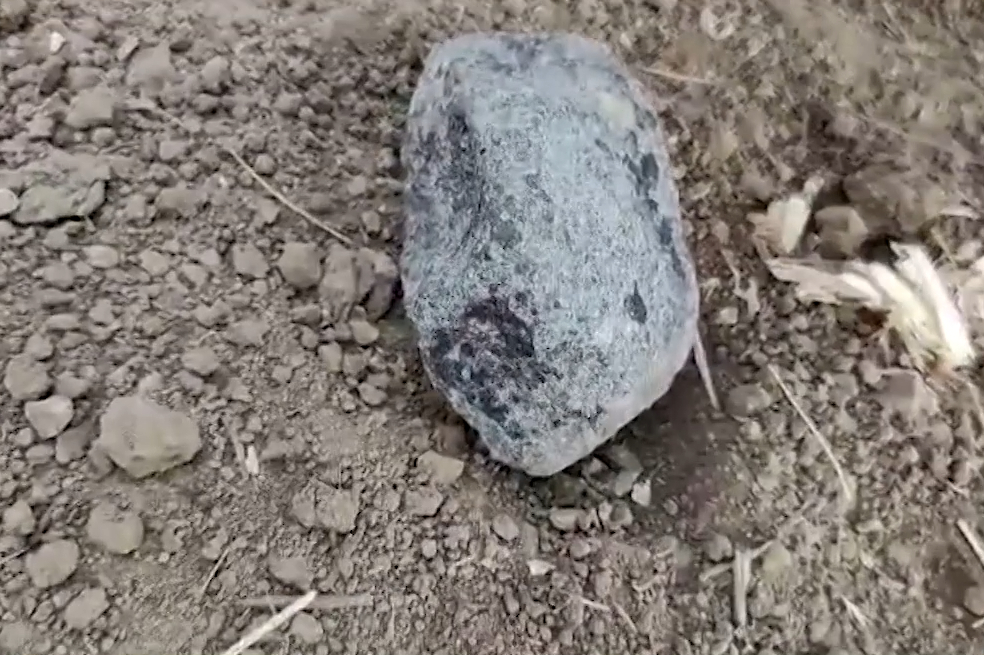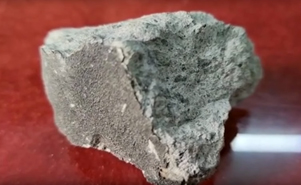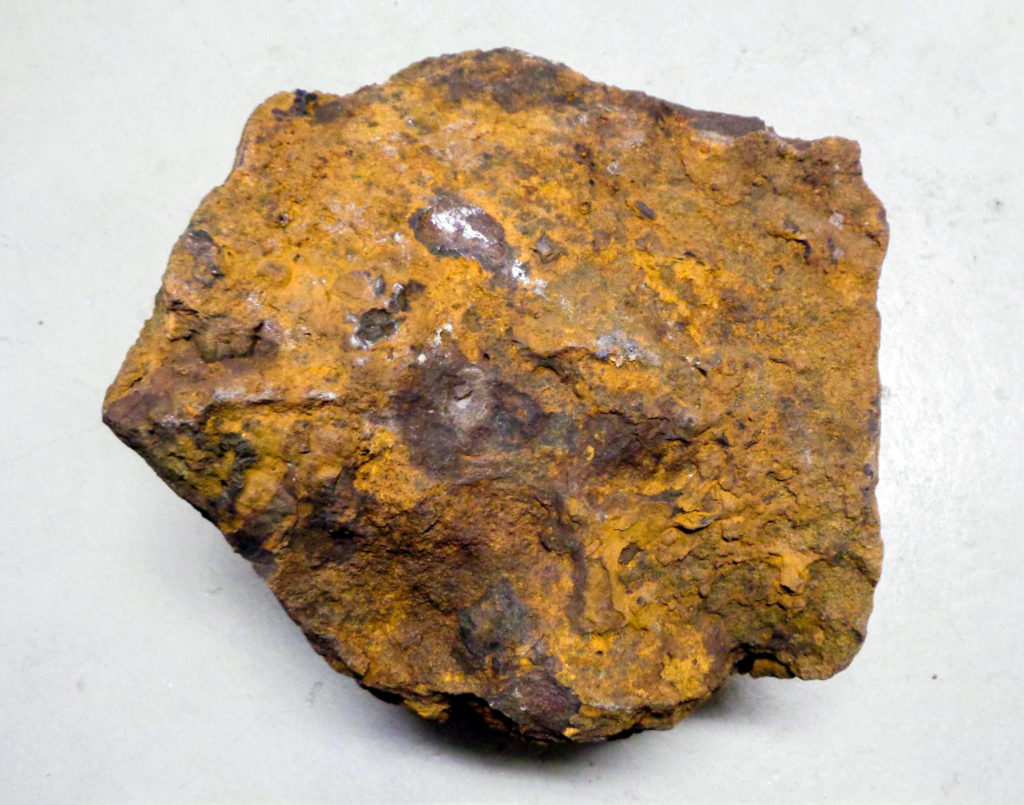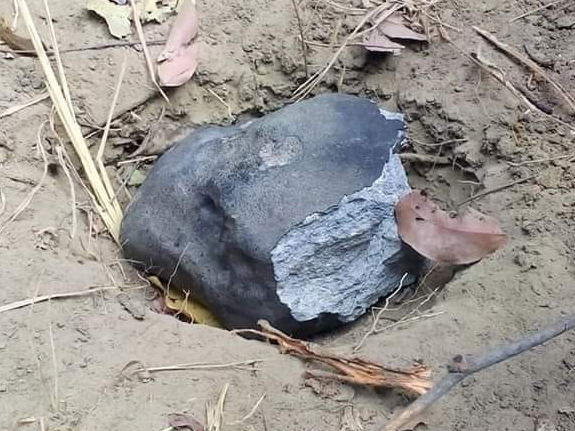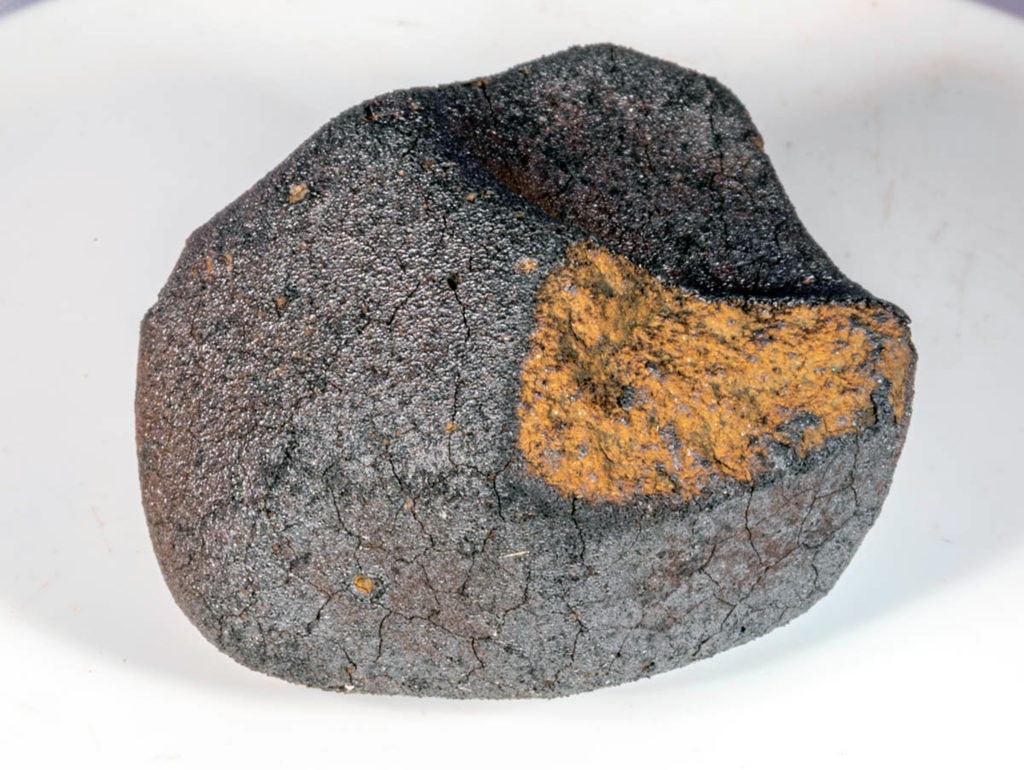The Flux of Differentiated Meteorites to the Earth
K. A. Lorenz, A. M. Abdrakhimov & D. A. Sadilenko
Solar System Research, Volume 59, article number 64, Published: 30 June 2025
“The meteorites of the SNC group are presumed to be of Martian origin. The meteorites of the HED group (Howardites, Eucrites, Diogenites) are believed to come to Earth from the asteroid Vesta and asteroids of its family (Vestoids). The flux of differentiated SNC and HED meteorites to the Earth was estimated based on an analysis of distribution of meteorite falls and finds by mass. The fluxes of the SNC (50 pc/yr, 70 kg/yr) and HED (800 pc/yr, 260 kg/yr) meteorites are comparable in mass to the lunar meteorite flux (90 pc/yr, 110 kg/yr) despite very favorable conditions for transporting ejecta from lunar craters to the Earth compared to Mars and the asteroid belt. The amount of ejecta from Mars craters potentially capable of reaching the Earth is about two orders of magnitude greater than the corresponding amount of the Moon ejecta generated over the same time period. But the transport velocity of matter from the Moon to the Earth is also higher by about two orders of magnitude. It may be the main factor that levels the fluxes of matter from these bodies. The similarity of fluxes from the Moon and from an even more distant body, Vesta, is most likely due to the formation on Vesta and Vestoids at low gravity of a larger mass of crater ejecta moving to heliocentric orbits intersecting with the Earth’s orbit. The relative content of HED meteorites of different types in the flux to the Earth corresponds to the data of spectral mapping of Vesta’s surface by the Dawn spacecraft. The flux of SNC meteorites does not match the composition of the Mars surface as studied by Mars rovers and orbiting spacecraft. In general, the fluxes of matter from Mars and Vesta as well as from the Moon did not affect the composition of the Earth’s crust during its formation.”


